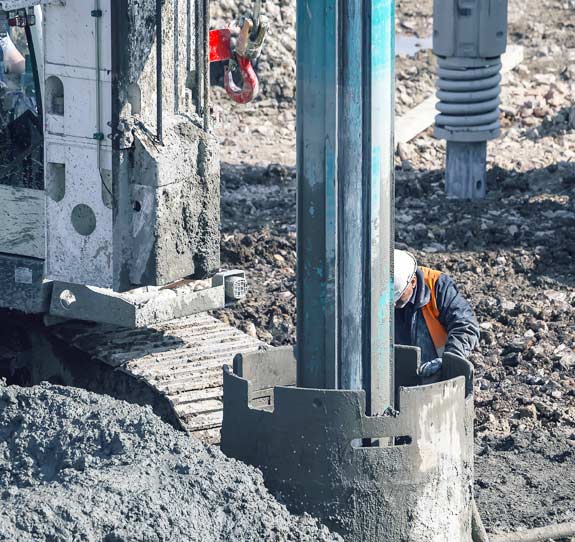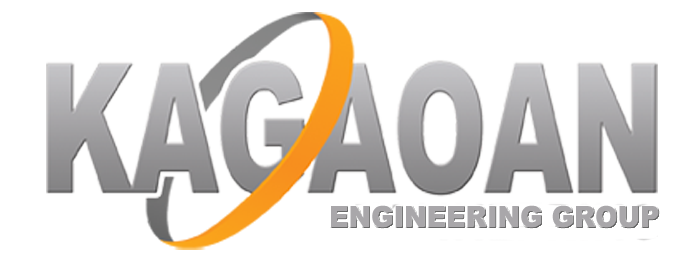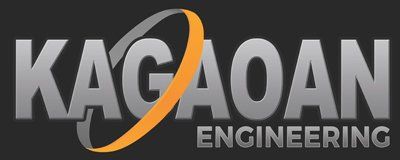Underpinning Contractors for NYC, Manhattan, The Boroughs, Nassau County, Suffolk County, Long Island, and New Jersey - Kagaoan Engineering

Underpinning Inspectors and Consulting
The stability of a structure is nothing without a solid foundation. Underpinning is one way that builders ensure that existing structures sit level and stay secure. These pins can help solidify buildings temporarily or permanently.
Stabilizing buildings is necessary for several reasons
Reductions in the water level beneath a building can wreak havoc on the base, especially when it sits on porous material like gravel or sand. When you lower or eliminate water under a foundation, the soil will settle and shift. It rarely moves evenly causing the need for contractors to place pins under the lowest point to shore up the base and make sure that it does not keep moving. Adding a new level or creating more structures can cause problems with the foundation of existing buildings.
Contact us for free consultation.
What is Underpinning?
This pinning is the need to shore up a building or make the base more stable and level. The need to pin arises from any of the above reasons, but no matter the cause, the result is the same. The foundation has to remain stable to protect the building. Pinning the base is often a necessary part of using an older structure.
When Modification to the Foundation is Necessary
- Decay and rot can erode the foundation making it unstable
- Wear and tear over years of use can damage foundations
- Soil shifting and erosion cause structures to lean or shift
- Fixing the existing base is often cheaper than replacing the foundation
- Nearby additions require the existing building to be more rigid and secure
- New construction adds weight to the building
- The use of the structure changes
There are three ways that a contracting firm can strengthen a foundation for an existing structure. They can make sure that columns go deeper into the ground essentially lengthening the base of the building. In the same respect, they can widen the foundation by putting pins on an angle beneath the structure that spreads out the base. Finally, contractors can use a concrete filler that glues the soil under the building together and makes it more solid. This process is jet grouting that makes the soil rigid and able to withstand more weight or use.
Building Categories by Age
- Modern foundations - buildings that are under 50 years old
- Recent buildings - between 50 and 150 years old
- Ancient structures - any building over 150 years old
Depending on the age of the structure, a building contractor can provide the right solution for the problem. Sometimes, water levels change, and the solution is as simple as jet grouting. Other times, settling after adding weight to the building or rot from years in use may require architects and engineers to devise other plans like extending pins out from the building at certain angles to level the building and secure it in place.
How Underpinning is Different from Shoring
Shoring is often temporary, and it is a structure that gives workers the ability to remove or replace a wall or floor without tearing down the entire building. Pinning is the process of using a temporary or permanent support to hold up the structure or make it able to withstand higher vibration levels from the use of equipment. Pinning solutions help secure the building when more weight is put inside. Shoring allows contractors to do work on the property to make improvements or fix damage while pinning offers a permanent fix to foundation shifting and soil changes.
Foundation Securement Methods Available
- Pit method using concrete to backfill the area under the structure
- Pretesting for future building sites
- Pier and beam using rectangular structures for support
- Mini piled where casons or large concrete pads are put into the ground for strength
- Cantilever needle beam process is a cheaper and faster method than the pit method but follows similar principles
- Pile solution using pins alongside the outer walls
Depending on whether a structure is new or old is one reason why there are three general categories for pinning. Kagaoan Engineering will choose the primary category, and then they narrow down the solutions until they select the best fix for the situation.
- Remediation Fixes - When a building is old, sits on a fading water source, or is shifting from years of vibration, weight changes, and overall use, then a contractor wants to fix the foundation with one of the pinning methods. Many owners find that repairing the old foundation is much cheaper than replacing it.
- Conversion Improvements - When more buildings or levels are put on or near a structure, the base must remain solid. Using pinning, a specialist can make sure the existing building handles the changes well and prevents damage to the structure.
- Future Protection
- Retaining the structure for years to come is an excellent reason for pinning. A great contracting firm can spot the need for securement through a simple inspection.
Helping retain a solid foundation is the primary reason for underpinning. Businesses need a rigid base to ensure that the property can withstand heavy industrial or commercial use. The various methods available offer the ability for experts to provide a custom solution for a myriad of foundation issues.
Please contact us
for free consultation.
About Kagaoan Engineering
Kagaoan Engineering employs Professional and Technical Engineers providing Geological and Geotechnical Engineering Consulting, Design, Procurement, and Controlled Inspections services for real estate development, private and public schools, religious, healthcare, industrial and commercial projects. Wep bring a unique approach to collaborating with the clients, and other professionals to arrive at the most innovative solutions to the most complex challenges encountered in construction.

